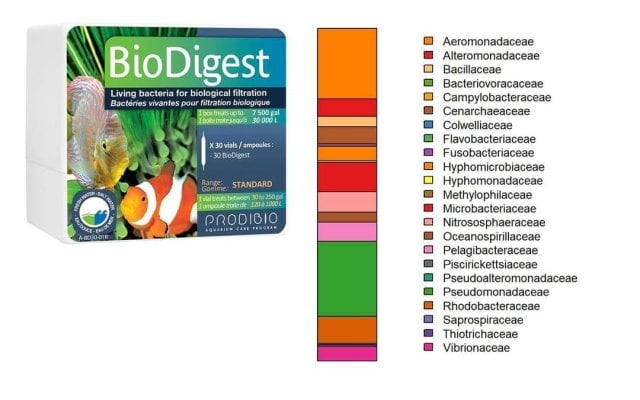No positive results whatsoever.
I have repeated all model tank tests with same results.
I have used BioDigest as instructed on established aquariums and monitored their TAN, PO4 and NO3 levels, only to see no difference as compared to controls for 2 weeks.
Is there anyone who knows what BioDigest is actually supposed to do and how to test for such results?
I have repeated all model tank tests with same results.
I have used BioDigest as instructed on established aquariums and monitored their TAN, PO4 and NO3 levels, only to see no difference as compared to controls for 2 weeks.
Is there anyone who knows what BioDigest is actually supposed to do and how to test for such results?


















